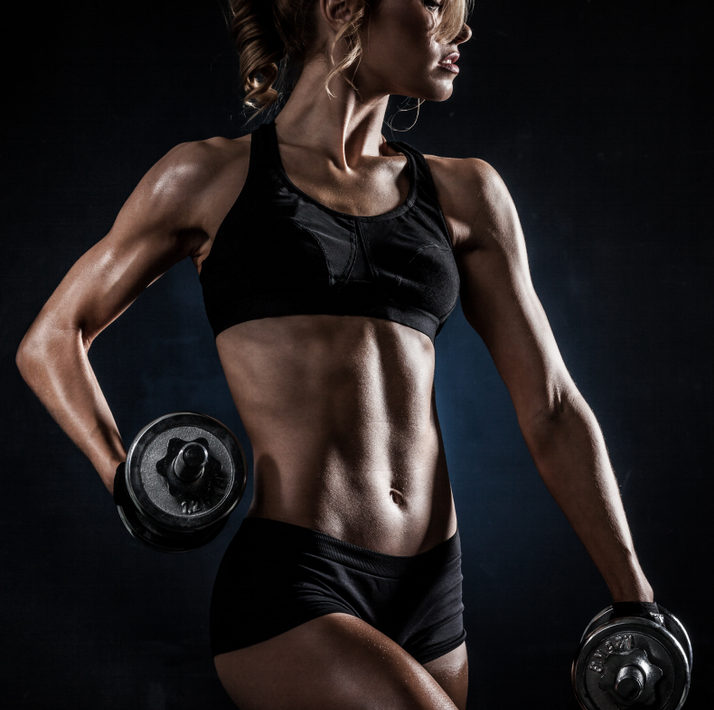Trainer Talks: Dani Coleman on the Rise of Pvolve, Jennifer Aniston’s Workouts
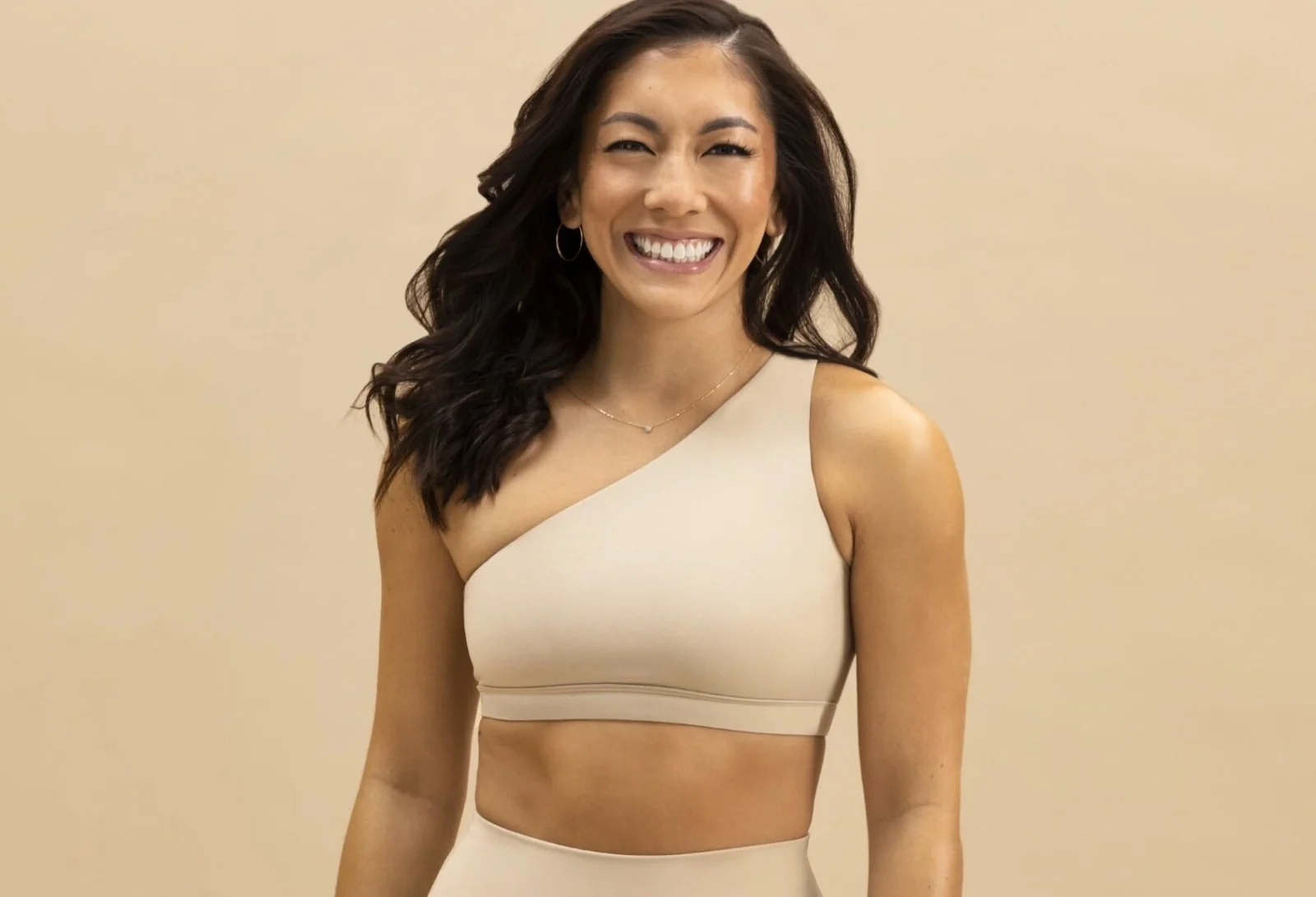
Dani Coleman, director of training at Pvolve and a personal trainer to Aniston, shares what makes the functional fitness brand unique
Dani Coleman is evidence of the Pvolve Method’s effectiveness – and its allure.
A longtime professional dancer, Coleman became a NASM-certified personal trainer in an attempt to better understand the effects of movement on the body. She’s had stints as an instructor at top fitness brands including Equinox and Physique 57, giving her a well-rounded view of the industry and different workout types.
In 2020, Coleman joined Pvolve after falling in love with the brand’s distinct approach to low-impact functional fitness and women’s health. Two years later, she became Pvolve’s director of training, and has been instrumental in the boutique fitness brand’s recent rise to prominence (Pvolve has around 50 studios open or in development amid rapid franchise expansion.)
Coleman also serves as Jennifer Aniston’s Pvolve trainer, coaching the former “Friends” star with weekly sessions that include elements of weight lifting, cardio and plyometrics, combined with Pvolve’s proprietary workout equipment.
Coleman sat down with Athletech News to discuss what makes the Pvolve Method unique, the rise of strength training among women and her work as Aniston’s personal trainer.
The following conversation has been lightly edited for clarity and length.
Athletech News: Can you tell us a bit about your background in fitness and what led you to join Pvolve?
Dani Coleman: I grew up on the East Coast, where I received my Bachelor of Fine Arts in Dance. I think dance naturally led me on a path into fitness, and I now have over 10 years of experience in fitness with various certifications. I’ve worked in private training with personal clients and at different boutique studios.
Before Pvolve, I was into more aggressive workouts, so my body was craving something at a different pace. During my first Pvolve class, I remember thinking, “Wow, this is unlike anything I’d ever experienced.” I left feeling worked out and energized. Functional training was very new to me, so it took me a second to find my feet. But once I understood all of the science behind it, I was hooked. I also love that Pvolve is women-led.
ATN: The word “functional training” gets thrown around a lot these days in different fitness contexts. What does functional training mean for Pvolve?
DC: Functional just means you move your body in all the ways you do in everyday life. We tend to think of traditional fitness using one plane of motion, front to back or side to side. At Pvolve, we’re also going to work rotationally in all the ways you genuinely move daily. We also use incredible resistance equipment, so as you’re taking yourself through these corrective movement patterns and natural movement patterns, you’re also going to build smart and sustainable strength.
I always say Pvolve is your one-stop shop. We have everything from mobility work to weight training to cardiovascular formats, along with meditation on our on-demand platform. We really look at health and fitness with a holistic lens.
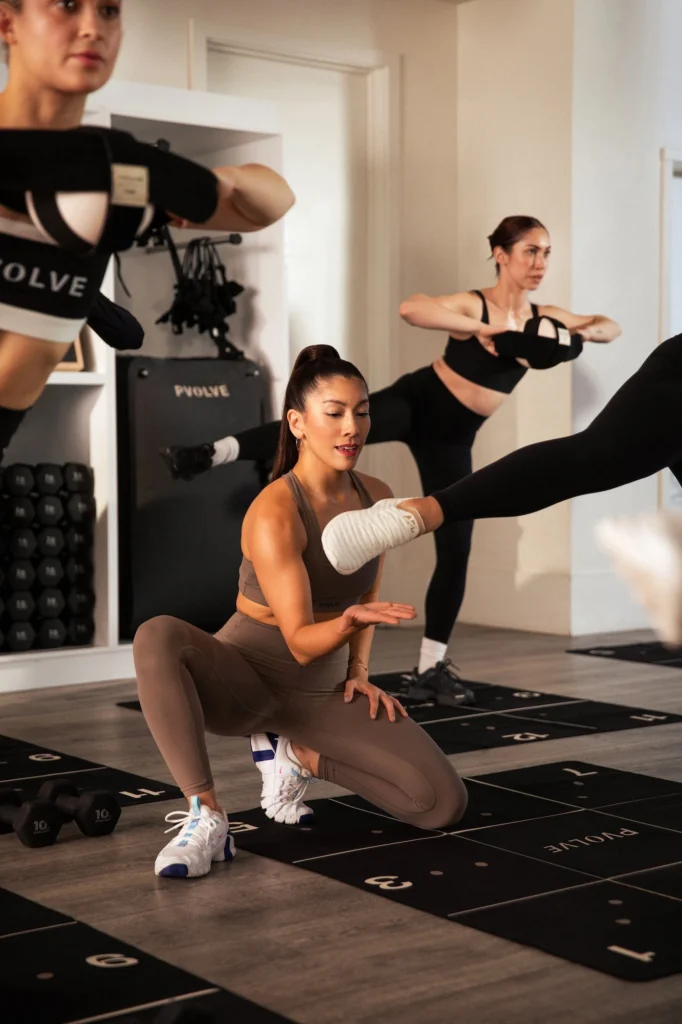
ATN: Pvolve has gained a cult following, attracting stars like Jennifer Aniston and everyday fitness enthusiasts alike. What separates a Pvolve workout from other boutique fitness concepts?
DC: I’ll start with where I have a lot of experience, which is the trainer team. Our trainers go through an extensive, 100-hour immersive training program, and that’s true whether you’re at our corporate or franchised (studio) locations. That leads to mastery of the Method. We then have proprietary equipment that you can’t get anywhere else. So even if another brand is functional fitness, you’re not going to get exactly what we offer.
We also have a Clinical Advisory Board, a panel of experts who help us keep the Method synced with science. That’s something we take very seriously, and I’m proud to say we’ve done many studies that are backed by science. We also have a big focus on women’s wellness. At any stage in your life as a female, there’s a Pvolve program that meets you where you’re at.
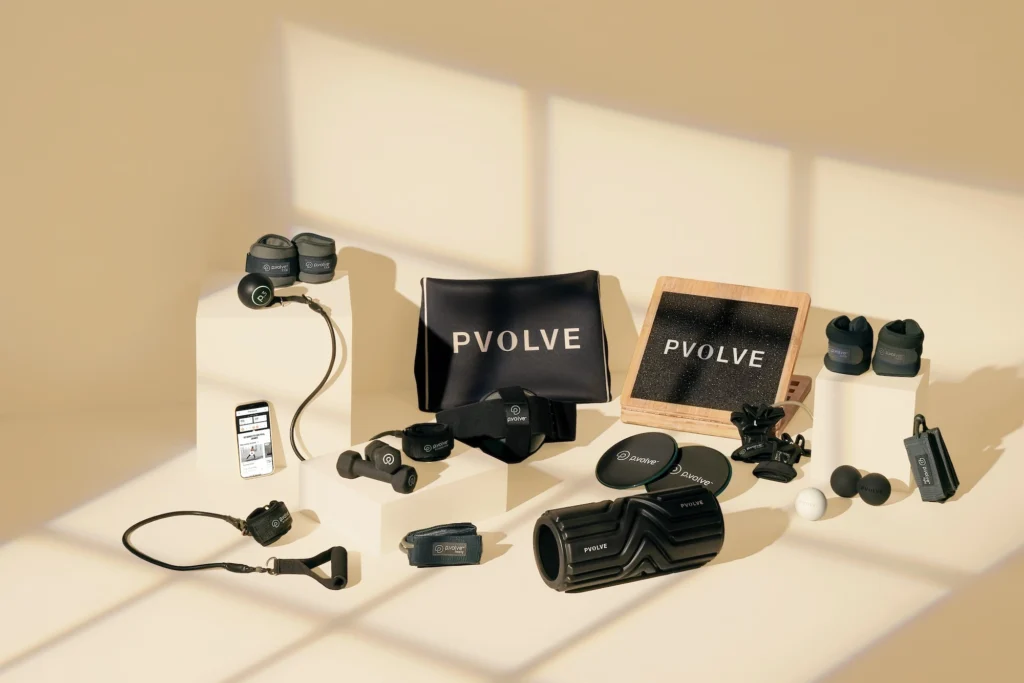
ATN: How does Pvolve focus on women’s wellness?
DC: Our workouts can be scaled up and down to meet your body wherever you’re at in your journey of life, whether you’re interested in learning about your menstrual cycle or you’re later on in your life going through menopause and are interested in optimizing your hormones. We also offer things that you won’t find elsewhere like pelvic-floor strengthening classes, classes centered around moving through fertility, pre or postnatal series and knee-stability series. Then we have programs that are for anybody and everybody.
ATN: Pvolve has participated in some studies, including one that showed the benefits of functional fitness for women over the age of 40. Why is being science-backed important for the brand?
DC: There’s a lot of fluff in fitness, so we’re proud to state that we’re science-backed. We’re always working with our Clinical Advisory Board to make sure our programming is synced with science.
Pvolve stands for “personal evolution” – we’re always looking to do better and to evolve with the times. When I first started with a company, we started with one format, “Strength & Sculpt.” We then added “Sculpt & Burn” to build up cardiovascular health, which we know is so important. We then added heavy weights, which we know are crucial and moving throughout your life. We continue to push boundaries with our Clinical Advisory Board to understand the science behind what we’re doing to better our product and build credibility with our communities.
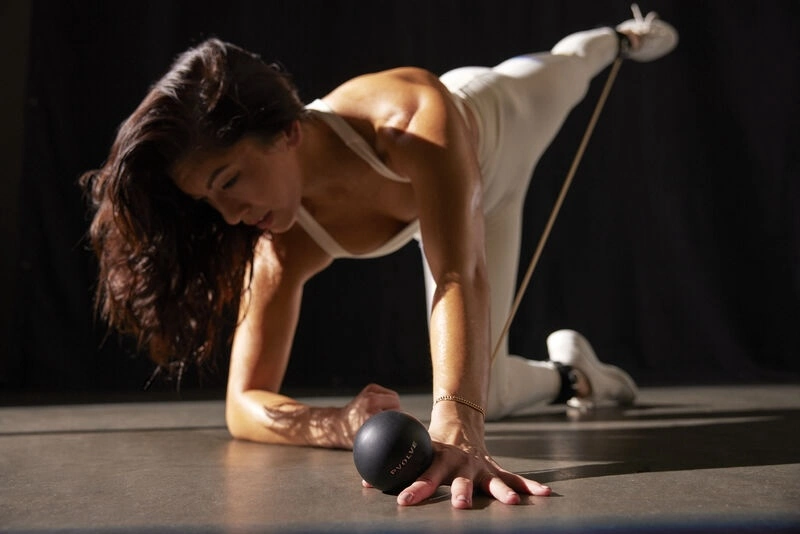
ATN: Speaking of lifting heavy weights, strength training has become incredibly popular among women over the past few years. What’s led to more women embracing strength training?
DC: I think women are starting to realize that weights aren’t just for men. These spaces were traditionally dominated by men, and I love that women are feeling more empowered to step into the gym and grab heavier weights because whether you’re male or female, muscle is important for quality of life as you age. I always say, “Cardio adds years to your life but weight training adds life to your years.” I hope strength training is something we continue to talk about, especially for women, who start losing muscle mass around the age of 30 at a more rapid speed than men.
ATN: You’ve served as Jennifer Aniston’s Pvolve trainer since she became affiliated with the brand. What’s your relationship been like with her?
DC: I didn’t have the pleasure of knowing her before, but we found out during the pandemic she was a secret streamer on Pvolve, and she reached out to us for personal training sessions. I’ve had the pleasure of working with her for around two years now. We work out a couple of times a week in personal training, when her schedule allows.
During our workouts, we take a bit from all of our formats, including Strength & Sculpt, cardiovascular elements and some light plyometric work. We also lift heavy weights, with a focus on building muscle mass, boosting metabolic rate and focusing on longevity. It’s always full body, and it’s very challenging. She loves a challenging workout and truly never shies away from anything I throw at her.
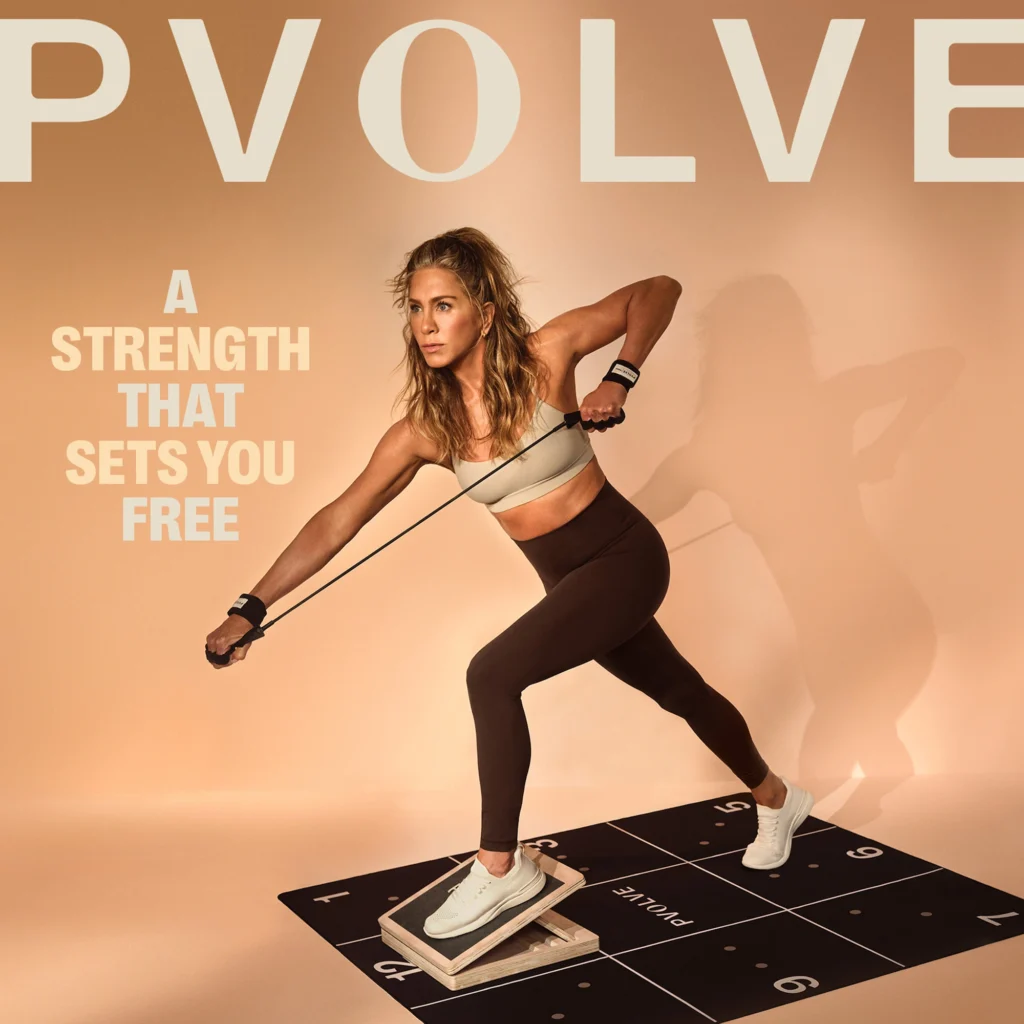
ATN: Fitness can be an industry of trends, for better or worse. What trends do you expect to see take hold of the industry over the next few years?
DC: I think something we’re going to continue to see is how to biohack ourselves with technology, whether it’s Oura Rings, Apple Watches, or anything else. More technology can help us understand how our bodies work and how to optimize workouts and recovery.
I also think we’re going to see more conversations around peptides like GLP-1s. Some studies show that people aren’t only losing weight, they’re losing muscle mass as well. There’s also been some interesting studies showing that when people start to see positive changes in their bodies, their chances of working out are higher. Hopefully, we’ll see some new content to focus on welcoming people who might be stepping into the gym – or their bodies in movement – for the first time.



